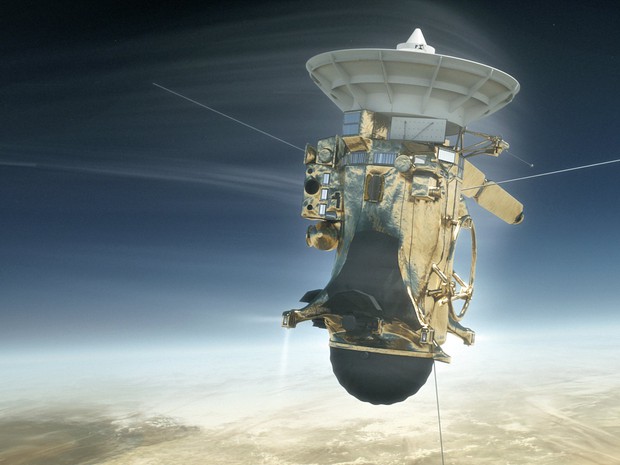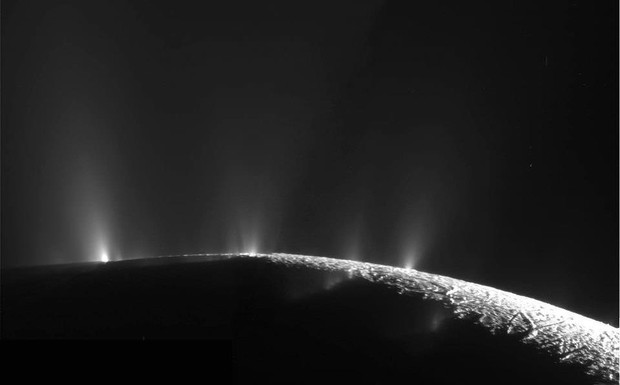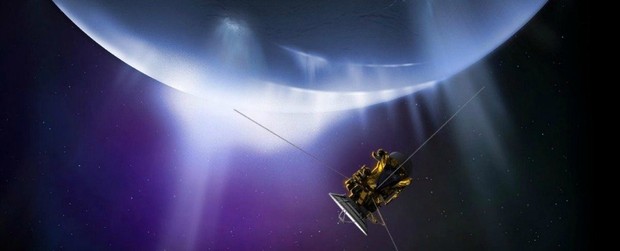NASA’s Cassini probe will officially end the 20-year journey with a “bombardment” on the surface of Saturn. And NASA decided to show the world this moment.
If you could somehow get to Saturn now, you would be able to see a very interesting sight. Hanging from the branded belt, there will be a luminous object, plunging directly to the surface of the planet, shattering into millions of pieces like a meteorite.
Only it’s not a meteorite, but NASA’s billion-dollar nuclear-powered exploration vessel – the Cassini.
Specifically, at 6:32 a.m. EDT on the morning of September 15 (or 5:32 p.m. the same day Vietnam time), NASA will “complete” the $ 3.26 billion exploration vessel, giving it a “bombardment”. the surface of Saturn.
NASA has decided to broadcast Cassini’s last moment live at 6 p.m. on September 15, and you can watch it HERE. As expected, final signals confirming that Cassini had exploded will reach Earth at around 6:56 minutes.
Why did NASA destroy Cassini?
In 1997, Cassini left Earth and headed for Saturn. The ship reached the planet in 2004 and has since sent us valuable information about Saturn’s belt and the mysterious moons that surround it.
But then Cassini made some shocking discoveries, and that’s why he was forced to “die”.
In 2005, the ship found a column of water launched from Enceladus – one of Saturn’s moons, which confirmed that Enceladus had a giant ocean under the surface ice. Then it was Titan – another Moon roughly the same size as Mercury – which also showed signs of liquid water.
“Finding oceans with the potential to nurture life far from the Sun (10 times the distance from the Sun to Earth) has opened a new direction in the search for life, both indoors and outdoors. Solar system.” – said Linda Spilker, NASA expert.
Water column on Enceladus
Enceladus and Titan both have the ability to nurture life. But on the other hand, Cassini was almost out of fuel, unsure of when or where to fall. Finally, NASA had to take a step forward, let the ship complete its 20-year mission on the planet where it was in service.
“We need to protect these places for future trips,” said Jim Green, head of NASA’s planetary science program.





